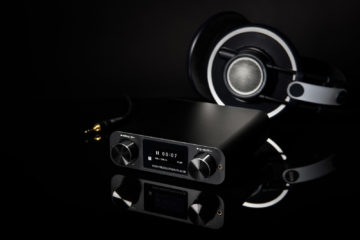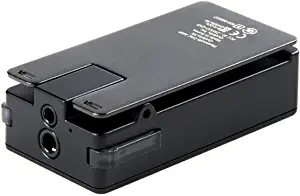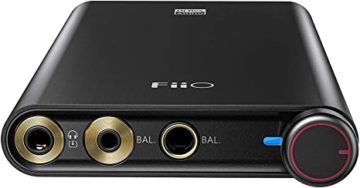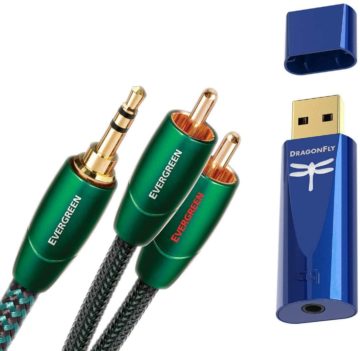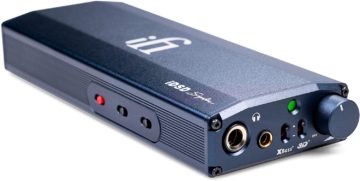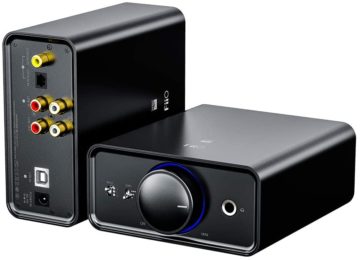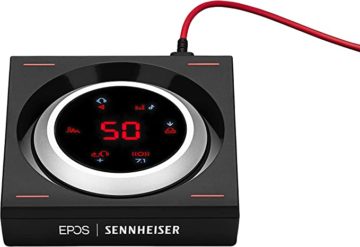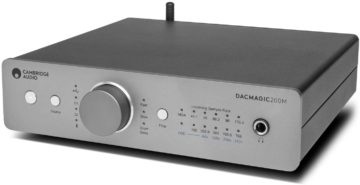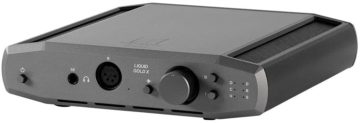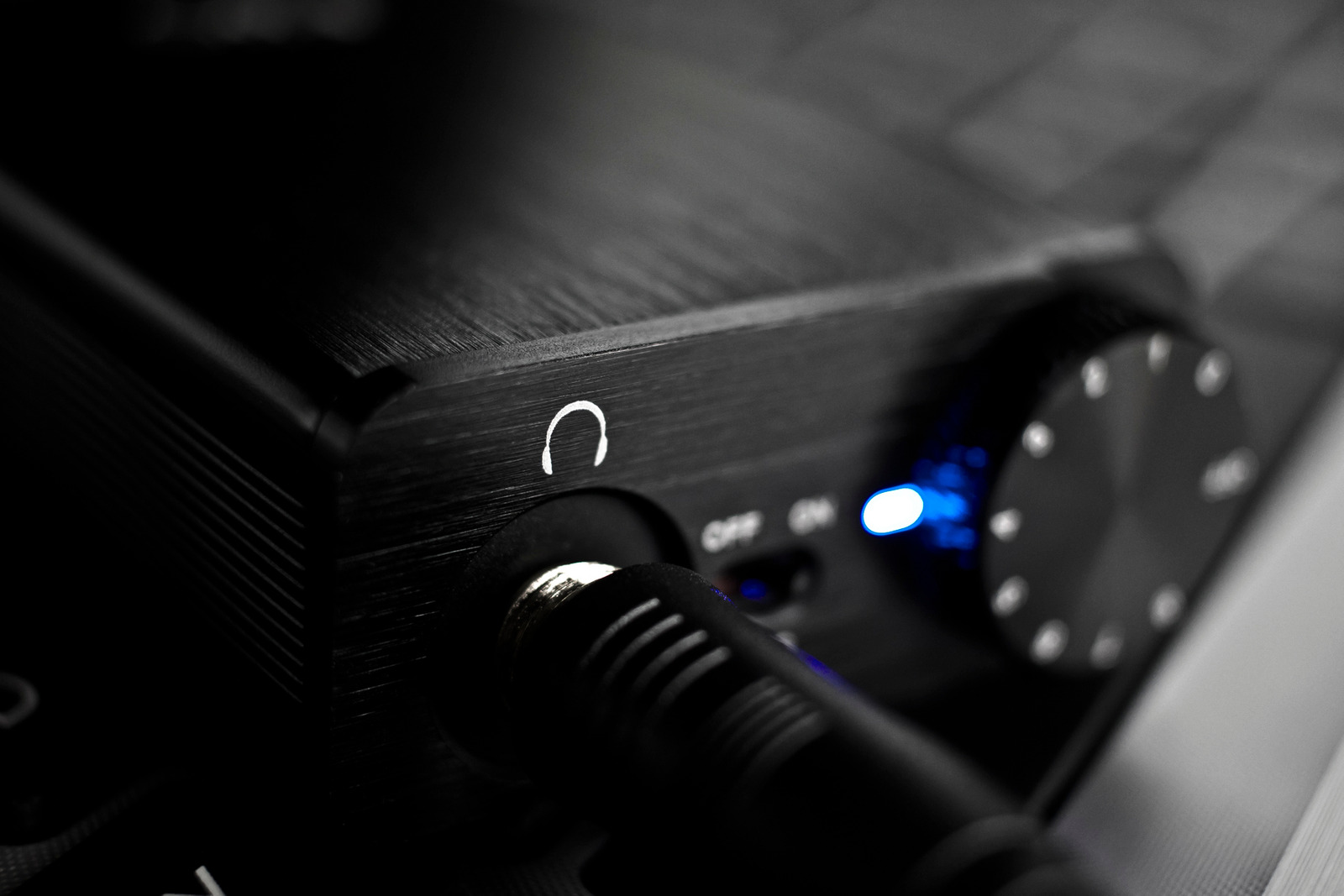The Qudelix-5K is another compact external DAC/Headphone amplifier. It’s got a neat box-like design, with the input and output ports on either side.
How to Charge AirPods Without a Case
Discover the truth about how to charge AirPods without a case. Uncover myths, find alternatives, and safeguard your audio experience.
